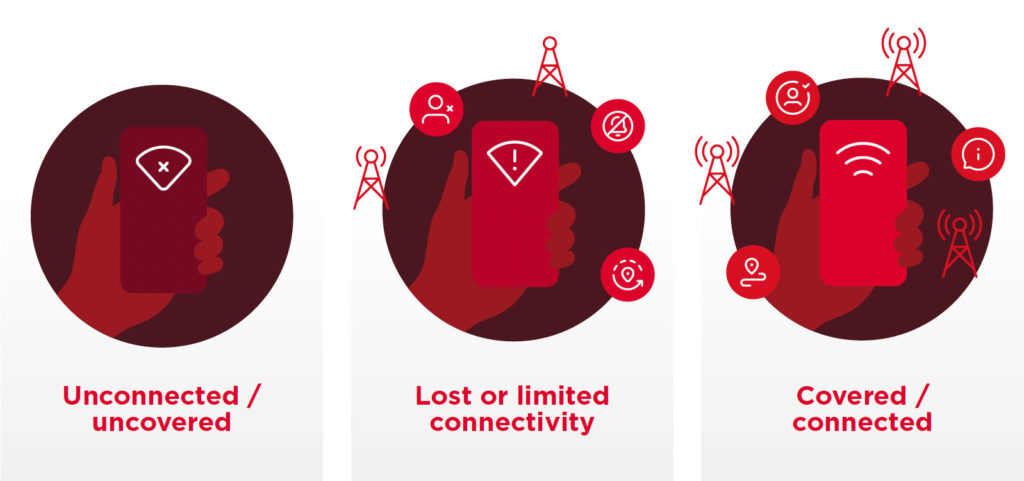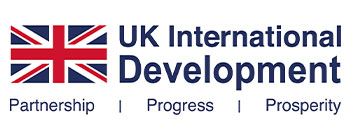Connectivity has changed the nature of humanitarian crises and humanitarian response. More and more, affected people and humanitarian responders rely on connectivity for information, coordination and services. And, while this increasingly connected world has many benefits, both the presence and the lack or loss of connectivity equally creates risks. These risks are an intrinsic consequence of connectivity but not insurmountable. And the first step is setting out what these risks are.
The GSMA’s Mobile for Humanitarian Innovation programme (M4H) recently released a report aiming to do just that. The report seeks to foster a deeper understanding of these implications to support the continued discussion within the wider humanitarian community to address them and mitigate risks, based on research in the second half of 2023. It does not contain the answers but rather, seeks to provide a starting point for the conversation. If your organisation is working on related topics and is interested in engaging, please do get in touch.
We classified three states of connectivity: uncovered or unconnected, lost or limited, and covered or connected.

Unconnected/uncovered
First, in modern crises, what does it mean to have no mobile connectivity? Data suggests that people affected by crisis disproportionately live in areas that do not have coverage. What does that mean for people living in these areas and what are humanitarian’s role in closing the humanitarian coverage gap?
Lost or limited connectivity
Second, we know that growing numbers of natural hazards, attacks on infrastructure, and service restriction orders mean people are increasingly losing connectivity at the moment of crisis itself. As we are more digitally dependent than ever before, what does it mean to lose connectivity during a crisis?
Covered/connected
And finally, we know that being connected during a crisis is not risk free. Ninety five percent of the global population lives within the footprint of a mobile network and the number of users continues to grow year-on-year. In an increasingly digital world, old risks are exacerbated, and new ones are introduced, creating ever changing challenges for people affected by crisis. It is important therefore to ask, how is connectivity and the state of being connected changing the nature of crisis?
Recognising this is an oversimplification of reality, these three connectivity states provide a useful framework through which to examine risks, opportunity costs and humanitarian implications.
Humanitarian implications
Across these three states of connectivity, certain trends or similarities between in the humanitarian implications emerge. For example, in uncovered contexts or in areas that had lost connectivity, misinformation and rumours spread in the vacuum, as people were unable to verify information online. However, in connected contexts, misinformation also spread in online contexts and was often challenging to verify due to the overload of information.
We identify five overarching categories:
These included:
- Protection (anything related to potential harm to individuals)
- Humanitarian aid and coordination (the ability of responders to deliver assistance)
- Information ecosystem (quality, confirmability and availability of information)
- Autonomy (ability of individuals to meet their own needs and access products or services independently)
- Well-being (related to people’s needs beyond basic survival including mental health or ability to purpose leisure)
Conclusion
As technology and our use of it continues to develop and evolve, so too will the challenges within the humanitarian sector. However, what remains clear is that connectivity is of vital importance and actors must work together to ensure everyone has access and that access is maintained and protected. Without careful consideration and cross-sectoral action, risks to crisis-affected communities could become more severe and come into contention with humanitarian principles.
This report marks a new work-stream for the M4H team. We look forward to working with a range of stakeholders to address these issues through research, policy, and programming over the coming years. If you are working on these issues and interested in engaging, please reach out to us at [email protected].



